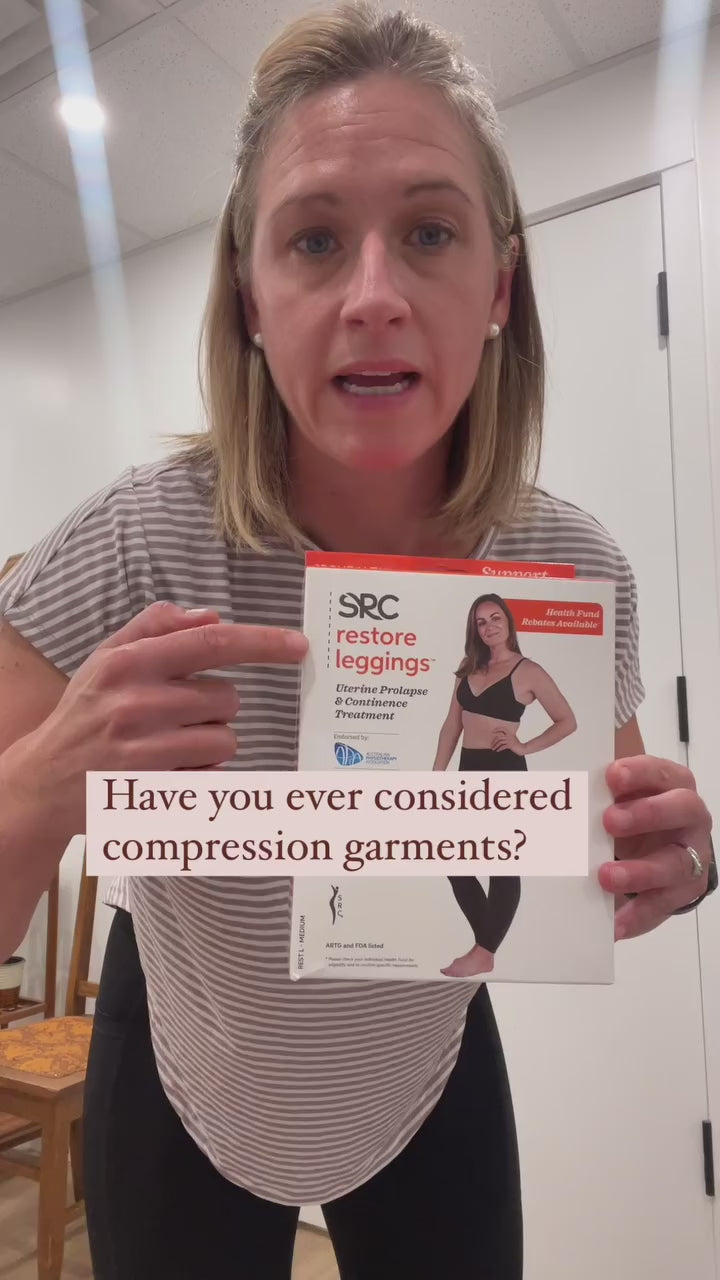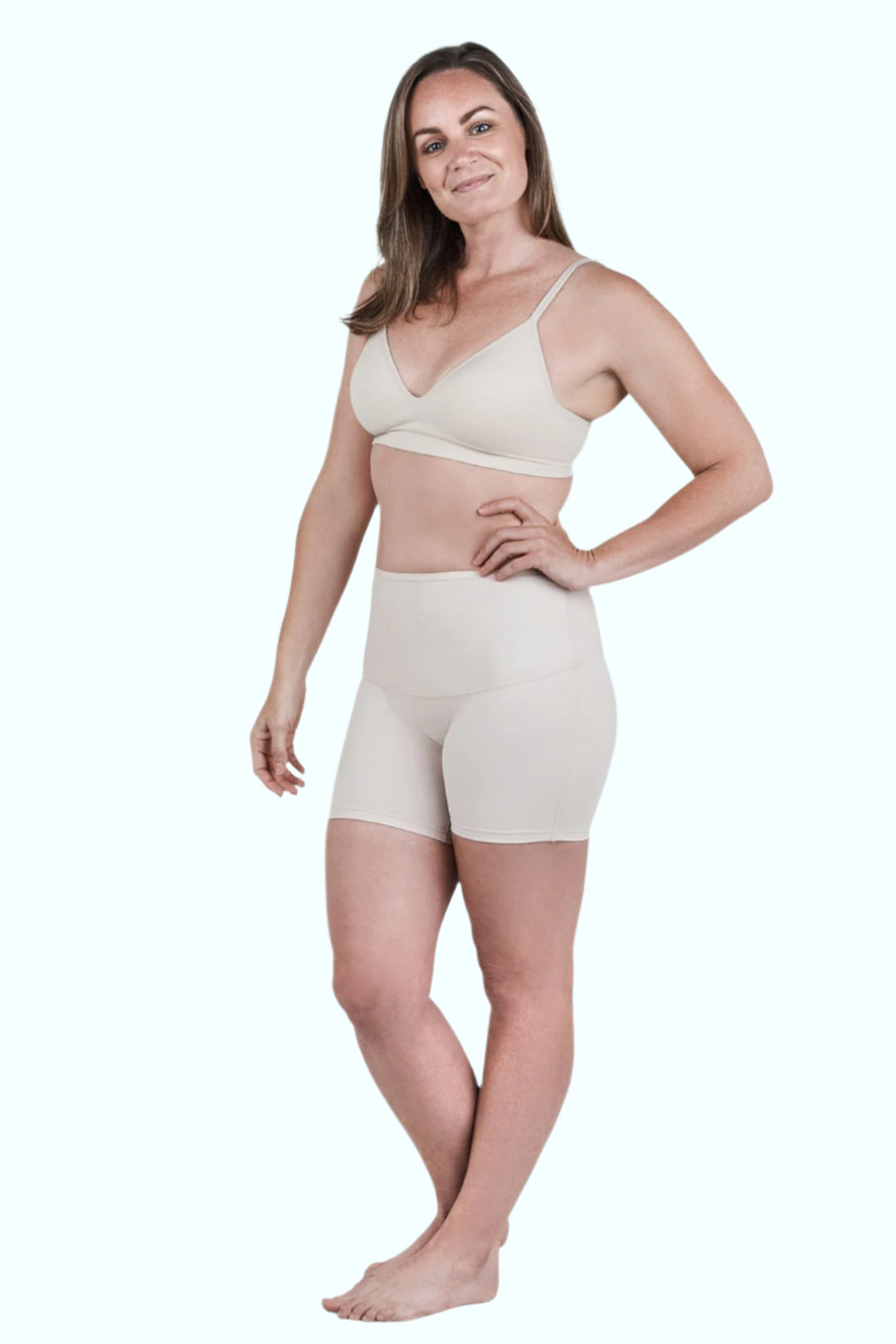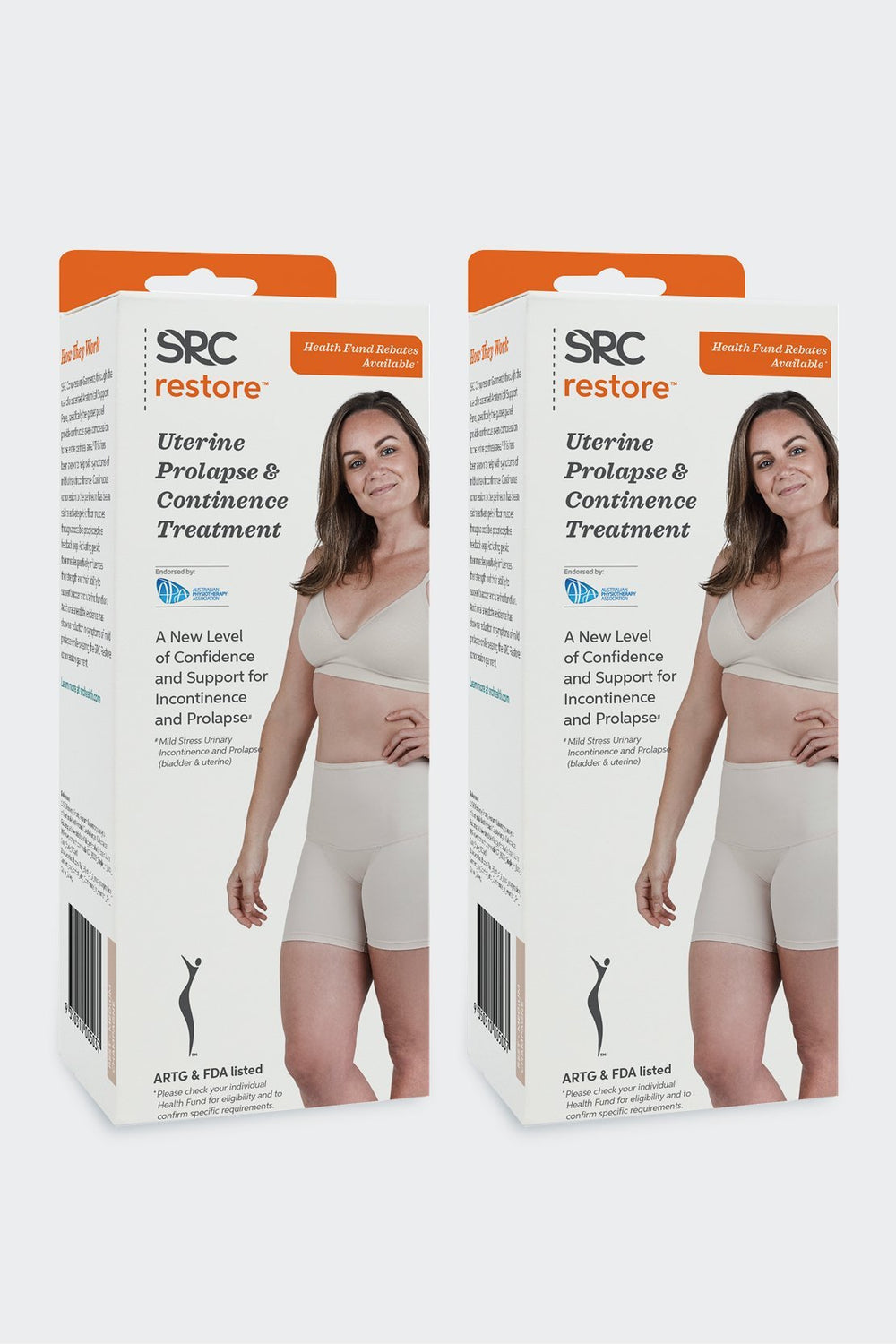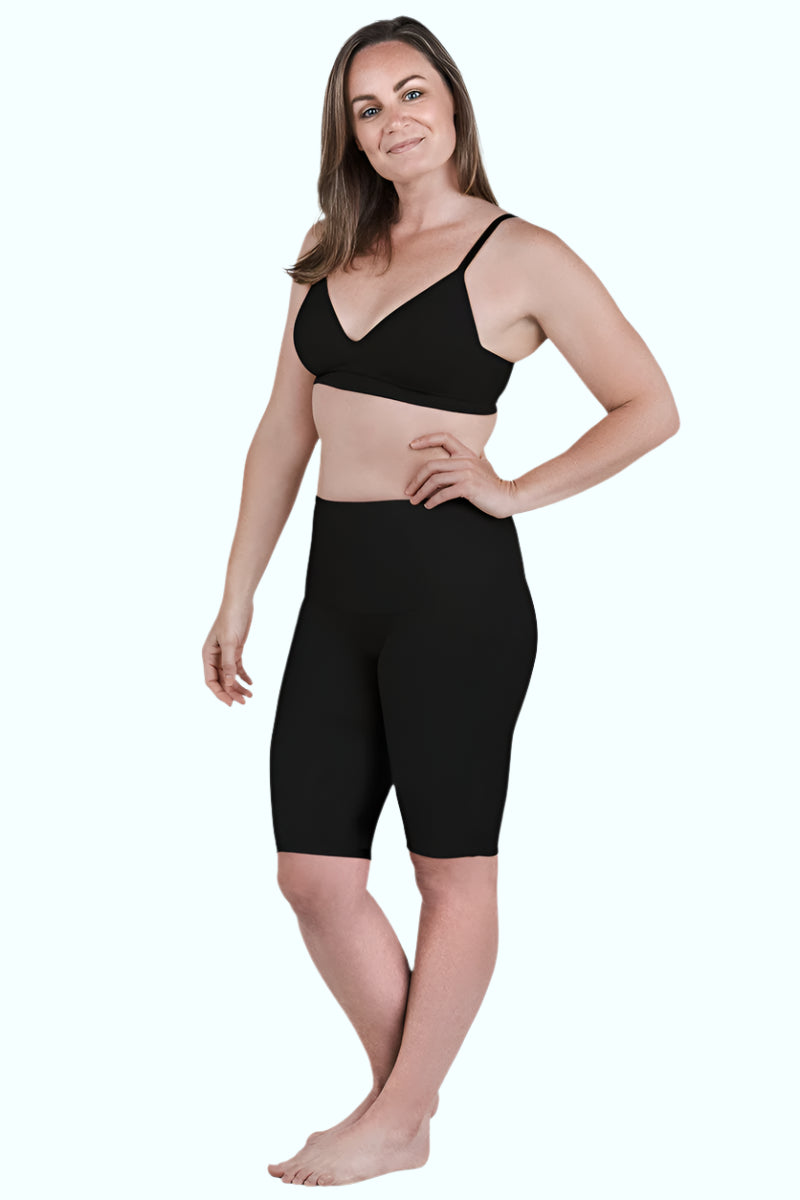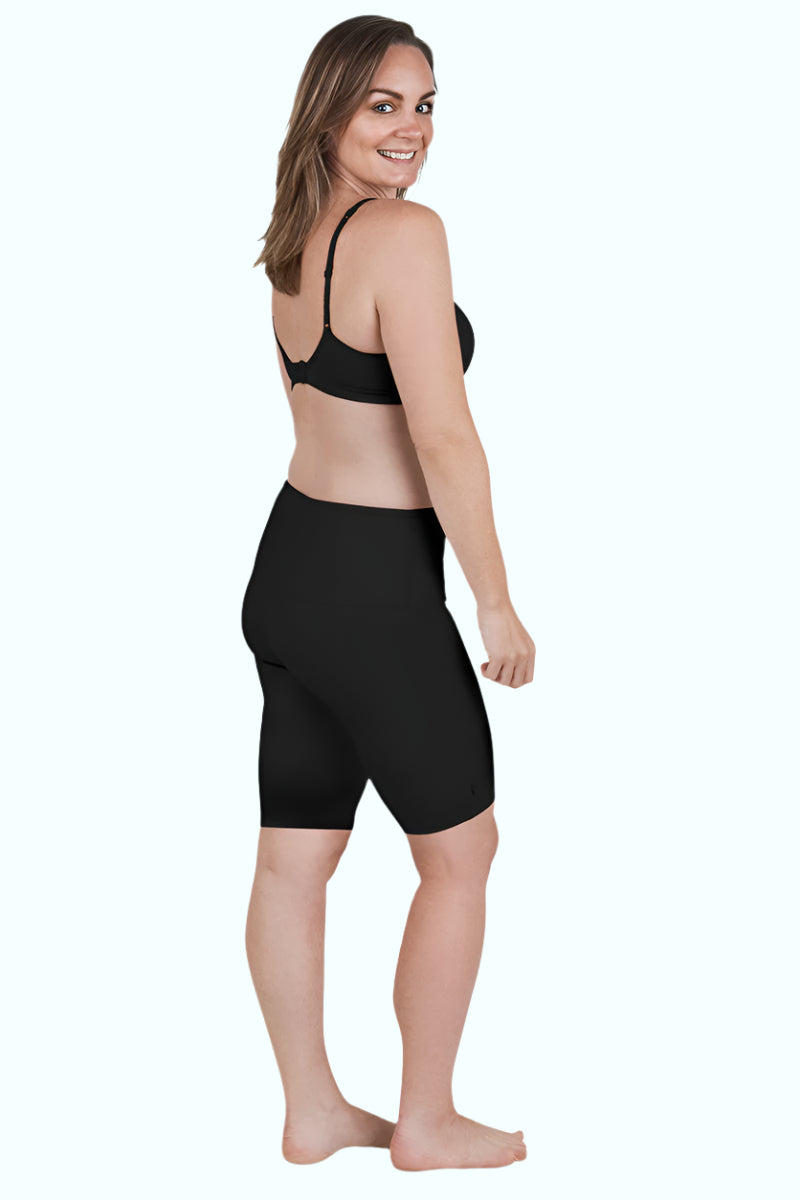Approximate Reading Time: 6 minutes
Pelvic Organ Prolapse and often abbreviated to POP, is unfortunately still an issue not discussed openly and frequently enough.
Here is a list of common phrases women use to describe pelvic organ prolapse:
- “I have a lump down there"
- “I have a dragging sensation in my vagina especially when I stand for extended periods” or
- “I feel a vaginal lump when I shower or wipe after passing urine”
Pelvic Organ Prolapse (POP) Symptoms include:
- a heavy sensation or dragging in the vagina
- a feeling that something is ‘coming down' in your vagina or a lump in the vagina
- a lump bulging out of your vagina that you can see or feel
- discomfort or pain during intercourse
- your bladder not emptying as it should
- urine stream that is weaker
- recurring urinary tract infections
- difficulty emptying your bowel.
There’s no need to panic, and although the earlier your doctor, pelvic health physiotherapist or gynaecologist can diagnose the type and severity of your pelvic organ prolapse, the sooner you can begin to treat the condition and get back to a life with fewer symptoms.
What is Pelvic Organ Prolapse (POP)?
POP is a “vaginal lump” resulting from bladder, uterus, or rectum falling through the vaginal opening. This occurs due to pelvic floor weakness which can be caused due to several factors:
- vaginal deliveries
- childbirth is the main cause of a prolapse but certainly not the only cause
- the baby can stretch and tear the supporting tissues and pelvic floor muscles and the more vaginal births you have, the more likely you are to have a prolapse
- ageing and menopause
- average age women start to notice pelvic floor pain, which include prolapse as well as urinary and faecal incontinence, is 56; by 80, half of all women have one or more symptoms.1
- obesity
- constipation
- heavy lifting
- having a persistent cough
How Common is Pelvic Organ Prolapse (POP)?
Many women first hear about Pelvic Organ Prolapse from their mothers, some having ‘reconstructive surgery’ due to their organs ‘moving around’ and needing to be ‘put back in place’. Unfortunately, close to 50% of these women then experience it for themselves after childbirth2. Unlike the previous generation, women are talking about it and writing about it, like this best seller “The Day My Vagina Broke: What They Don't Tell You about Childbirth” by Stephanie Thompson or the other great book on the subject “Pelvic Organ Prolapse: The Silent Epidemic” by Sherrie Palm."
According to research conducted by Elvie.com - a women’s health tech company that manufactures Elvie Trainer - an award-winning pelvic floor muscle training device:
- Almost half of women report symptoms of a pelvic floor weakness such as weeing involuntarily when they cough, laugh or sneeze.
- 57% of women never tell anyone about their pelvic floor pain
- 72% - will never seek treatment for their pelvic floor pain.
Because few women talked about pelvic organ prolapse in the past, everyone thought they were the “only one” resulting in lack of support and POP being a stigmatised condition. Although not dangerous, pelvic floor weakness erodes confidence and everyday joy. Women stop exercising because it tends to worsen the condition – especially exercises involving impact like running or jumping or weight bearing activities involving weights, sit-ups or squats. Many women avoid sex, afraid that prolapse or incontinence will repulse their partners.
Impact of Pelvic Floor Weakness
“In the U.S. more pads are sold for incontinence than menstruation…it is a problem because we don’t have enough trained experts [in pelvic floor issues] to handle the aging population…It’s a very new field in the US…In France, women receive ten sessions [with a physical therapist] starting in the hospital after every vaginal delivery.”1
Without treatment any type of prolapse can become painful if the organs pull on ligaments and it can become dangerous if the prolapse causes a blockage in the tubes between bladder and kidney.
“Urinary incontinence is one of the top reasons people end up in nursing homes - people don’t want to deal with the smell,” said Cheryl Iglesia, director of MedStar Washington Hospital Centre’s Section of Female Pelvic Medicine and Reconstructive Surgery and a professor of gynaecology and urology at the Georgetown University School of Medicine, noting that it is often the last straw for caregivers.”1
Things are now changing rapidly in the positive direction:
- Actresses, pelvic health specialists, women’s health physical therapists are talking about pelvic floor pain on social media
- New pelvic floor muscle training devices and smartphone apps providing discreet options are hitting the market and it is now much easier to get the right information and be proactive about looking after your pelvic floor.
- There is a growing number of qualified women’s pelvic health experts passionate about assisting women with pelvic floor pain

The number of support groups around the world for Pelvic Organ Prolapse is also growing, here are just some useful links:
- https://www.letstalkmenopause.co.uk/
- https://adoreyourpelvicfloor.co.uk/courses/adore-your-floor-course/
- https://www.ucsfhealth.org/clinics/pelvic-floor-rehabilitation-program
- https://www.bladderandbowel.org/
- https://www.voicesforpfd.org/pelvic-organ-prolapse/
- https://www.continence.org.au/who-it-affects/women/prolapse
- https://www.pelvicorganprolapsesupport.org/
- There are many more support groups both local and international on Facebook.
Pelvic Floor Weakness Treatments and Tips

- Pessaries which are an internal support device that women can insert into the vagina to hold their pelvic organs in place. “Pessaries don’t fix prolapses, but they can reduce or lessen the symptoms of prolapse and help you live more comfortably.”3
Women may consider using a pessary based on their doctor’s or Women Health Physio recommendation if:
- They are pregnant
- Just had a baby
- Want an interim solution before having prolapse surgery and
- Have health conditions that prevent them from having prolapse surgery
- Want to have a pessary as an additional support aid whilst working towards improving their pelvic floor strength with exercise. In fact, a 2016 Hong Kong study recruited volunteers with pelvic floor weakness and randomly assigned 128 to do pelvic floor exercises daily and 128 to wear a pessary and do the exercises. Both groups reported improvements with the pessary group reporting a much greater improvement—27 points on the symptom scale compared with 5 for the control group, and 30 points on the quality-of-life scale, compared with 4 for the control group.4
- Pelvic floor physical therapy can help reduce the tension on the ligaments by strengthening the surrounding area, but the service can still be hard to find depending on where you reside. With the explosion of availability and acceptance of telehealth during the Covid19 crisis this may play a positive role in more women consulting a professional and attending to their pelvic floor pain. Skype, Zoom and Google Meet, may become our greatest tools in treatment availability for pelvic disorders.
-
Another innovative solution is the use of a specialised compression garment, a non-invasive external support like SRC Restore, made for those that are experiencing symptoms of light Stress Urinary Incontinence (SUI) and mild Bladder and Uterine Prolapse. Tested to assist specifically with Stage 1 or 2 Stress Urinary Incontinence, and to help with Stage 1 Bladder Prolapse and/or Stage 1 Uterine Prolapse. SRC Restore are also ideal for wearing during exercise. Here’s a review from just a few delighted customers, and there are plenty more on the website
“I wish I had purchased these years ago!
They are very comfortable and they really help with the heavy bulging feeling. I feel so much more comfortable and supported. I have had a ring pessary for years and I like to have a rest from it occasionally but as time has gone by that hasn’t been an option anymore. I purchased these briefs and I can take the pessary out and I really can’t tell the difference. I feel so well supported and confident. They are well worth it!” – Leanne C.
“Highly recommend
I have a stage 3 prolapse so thought this garment would not be of any use. I work in retail doing 6 to 9 hour shifts with lots of bending down and lifting putting downward pressure on my pelvic floor. I use a pessary but it often became dislodged causing discomfort so I stopped using it at work and just kept it for home and my days off. When I stopped using the pessary at work I started having bleeding issues then had to wear sanitary pads again (I'm 59). So in desparation I bought the Restore support garment to use at work and it has made all the difference to my day! No more bleeding - at all. And I don't feel the presence of the prolapse at every step I take. I know its still there but its in the background now. Am so glad I found this. Highly recommend it.” – Kathie T.
- Surgery using the patient’s own tissue or a pelvic mesh to lift and repair the fallen organs is of course the most serious of the pelvic floor weakness treatments and should always be last resort due to the risks and complications associated with any surgery. Pelvic mesh implant recalls and class action law suits5 highlight this need for caution. There are 320,000 surgeries a year for pelvic floor disorder in America alone, 200,000 of which are for prolapse.1
IF the prolapse is not serious or if pessaries are simply not suitable or not working and you want to see if surgery, the last option can be avoided, then trying an external support garment in conjunction with Pelvic Floor Muscle Training with a trained Pelvic Health Physical therapist should be high on your priority list.
Sadly most, and there are not many, external support garments look like they have come out of a medieval torture chamber being bulky and awkward and restrictive. Going to the toilet becomes a difficult exercise, and one where accidents may happen especially for those with Prolapse and Continence issues.
When selecting a pelvic organ prolapse support garment, these are the criteria you should look at:
- easy to put on and take off,
- most importantly an effective support garment should be comfortable enough to be effective regardless of the types of activities you are doing from sitting to standing for long periods to walking and exercising.
- External prolapse support garments tend to lack the comfort required to be worn around the clock which is important in treating pelvic organ prolapse and providing relief during the day and night. This is because many prolapse garments were simply repurposed or not specifically designed to teat prolapse and incontinence. SRC Restore have what we call “24 hour wearability” without any risk of muscle deactivation unlike for example shapewear which some women turn to only causing further problems.
- you should be able to, if you need to, easily insert a sanitary pad and
- it should be discreet enough to NOT stick out from under your normal clothing. In fact, the SRC Restore Shorts can be worn as both an undergarment as well as outerwear to the gym or a café!
Of course, we also have the evidence to prove the effectiveness of our garments and many happy customers and testimonials on our website for the SRC Restore Shorts AND to take away any risk from purchasers of the shorts we provide a 100% Money Back Guarantee so that you have nothing to lose.
Regardless of the type of pelvic prolapse you may have, please seek assistance from a pelvic health physical therapist, do not resign to living and enduring these conditions. So much can be done. Please check out some of the links above as well as our SRC Restore product with its 100% Money Back Guarantee.
References:
- https://www.washingtonpost.com/local/social-issues/a-hidden-epidemic-millions-of-women-suffer-pelvic-floor-disorders-silently/2015/12/22/f5997966-a6d5-11e5-b53d-972e2751f433_story.html
- https://obgyn.onlinelibrary.wiley.com/doi/full/10.1111/1471-0528.12020
- https://www.thewomens.org.au/health-information/vulva-vagina/vaginal-prolapse/more-about-pessaries
- https://www.health.harvard.edu/diseases-and-conditions/pessary-and-exercise-relieve-symptoms-for-women-with-pelvic-floor-prolapse
- https://www1.racgp.org.au/newsgp/clinical/johnson-johnson-to-pay-millions-to-pelvic-mesh-pat#:~:text=The%20Federal%20Court%20has%20ordered,ranging%20from%20%24555%2C555%20to%20%241%2C276%2C113.







